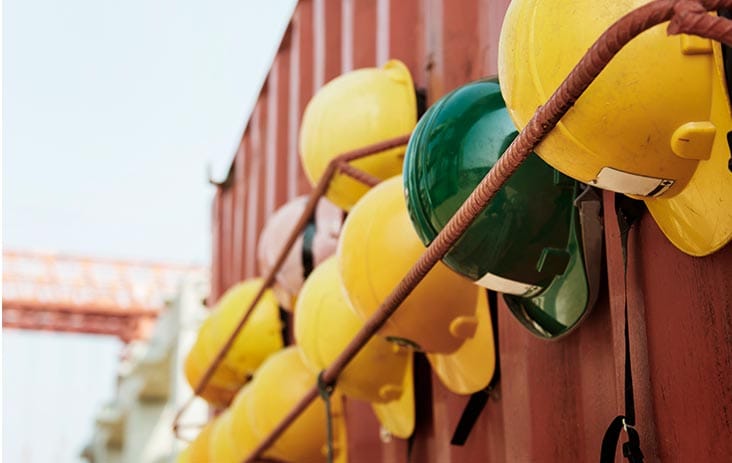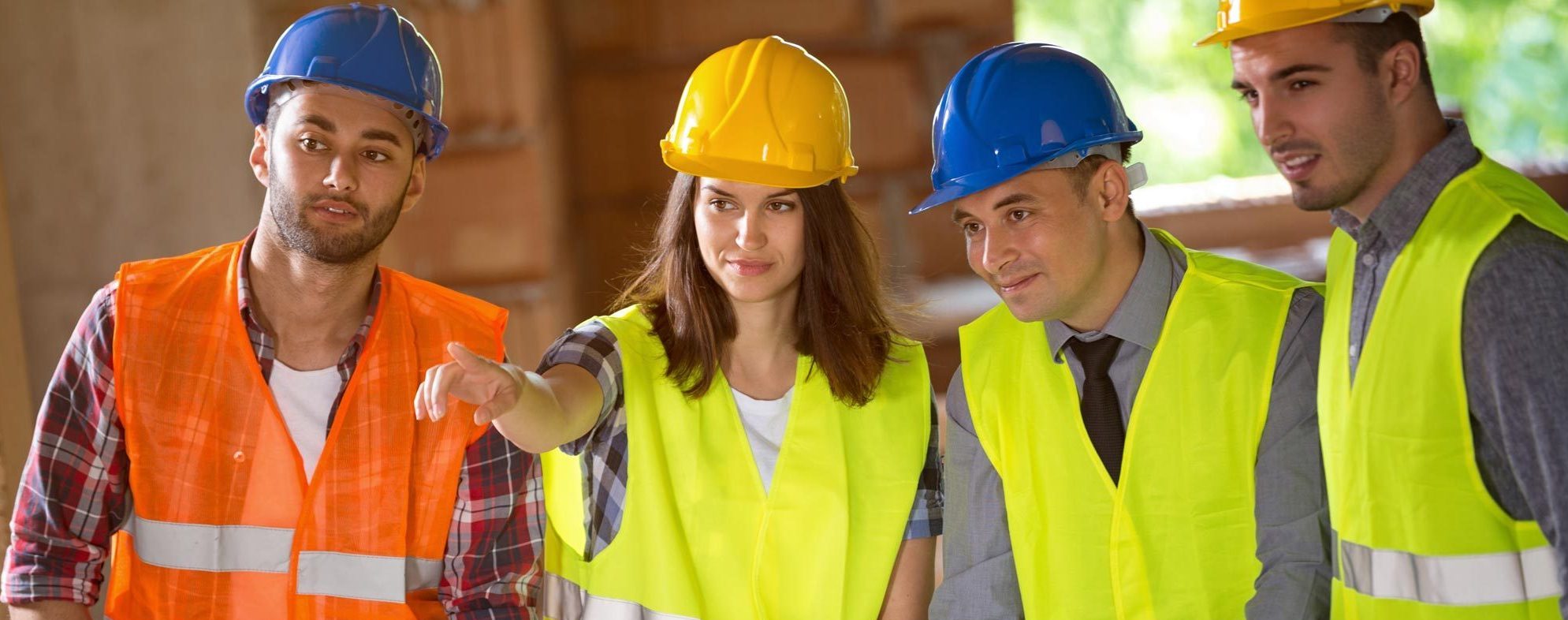What is a Health and Safety Committee?
A Health and Safety Committee is a group of workers (management and non-management) that meets regularly to discuss and make recommendations on how to improve Work Health and Safety in the workplace.
This is not a new concept. Health and Safety Committees have existed for many years under various OHS/WHS Acts in Australia and internationally.
It is important to understand that the Health and Safety Committee is not responsible for safety.
The person conducting a business or undertaking (eg. public and private companies etc.) is responsible for safety, not the Health and Safety Committee or its individual members in their capacity as a Health and Safety Committee member.
Health and Safety Committees are a resource to management to help build safer workplaces.
This is an issue which is frequently misunderstood by the general workforce and quite often leads to Health and Safety Committee members being blamed for unresolved safety matters. Any wonder why workers are traditionally reluctant to nominate for a position on the Health and Safety Committee????
For a Health and Safety Committee to be able to function, the general workforce must be regularly
educated with regards to:
• The purpose of the Health and Safety Committee
• Functions of the Health and Safety Committee
• Who is responsible for safety in the workplace
Who is responsible for safety in the workplace
A Health and Safety Committee can make a significant contribution to sound safety management and therefore to reducing incident rates. Reduced incident rates will lead in turn to improved worker morale and reduced business disruption.
Good Safety is Good for Business. This is not theory. This is FACT.
The value of a Health and Safety Committee cannot be overstated, but of course, a Health and Safety Committee must have the right membership and solid senior management support.
So who should be a member of a Health and Safety Committee and how and from where do you attract them? A Health and Safety Committee has a site wide influence and involvement. This must be reflected in it’s membership.
By law, at least half of the members must be workers who are NOT nominated by the person conducting a business or undertaking.
These members could be attracted through nominations and elections and collectively be able to represent each area of the business. There are no prerequisites but ideally they should be passionate and have a genuine interest in improving Work Health and Safety. If there are Health and Safety Representatives in the workplace, they will usually become a Health and Safety Committee member. Some States have particular requirements with regards to Health and Safety Representatives.
Up to half of the Health and Safety Committees membership can be nominated by the person conducting a business or undertaking. These appointed members should include senior managers with a high level of decision making authority. Management members should be genuinely committed to improving safety and have a strong and pro-active involvement in the business of the Health and Safety Committee.
All members, of course, should receive appropriate Occupational Health and Safety or Work Health and Safety training so they can perform well in their roles.
With this mix of members, management will be in a position to make informed decisions regarding safety.

Functions of a Health and Safety Committee
The legislation prescribes functions for Health and Safety Committees. These legal functions are usually very broad allowing for a person conducting a business or undertaking and Health and Safety Committees to negotiate how these legal functions can translate into actual activities on the ground. However, no matter what function a Health and Safety Committee gets involved in, the law does not give the Health and Safety Committee decision making powers. Decision making is rightfully a management issue and therefore it will be of great benefit to have management members on the committee with a high level of decision making authority.
So what functions can a Health and Safety Committee get involved in?
Typical functions include regular workplace safety inspections, representing the views of workers, assisting in the investigation of safety issues and making recommendations for improvement. But the functions of a Health and Safety Committee can go much further.
Consider the following scenario:
“You have a set of stairs in your workplace which are slippery due to exposure to rain” Typical Health and Safety Committee recommendations would include to install a non-slip surface, signage and maybe a roof over the stairs to keep them dry.
Of course, these actions are important and need to be done. These actions are also reactive only. The proactive side of the equation includes for the Health and Safety Committee to investigate the organization’s policy on safety by design. In other words, the Health and Safety Committee should investigate to what extent safety was considered in the design, building and commissioning of the stairs and make recommendations to improve the policies based on their findings. The next step could be to
investigate why this safety by design was not considered in the first place which could point to training as well as cultural issues that need to be addressed. Prevention is always better and cheaper than having to fix something afterwards.
A second area the Health and Safety Committee could get involved in is how to make safety a just as big of an issue as quality and efficiency. So how do you make safety a just as much talked about issue like quality and efficiency?
Consider if you were to ask a random employee in your organization the following questions:
• Can you explain to what your safety responsibilities are under the Occupational Health and Safety or Work Health and Safety Act?
• Can you describe our organisation’s health and safety policy and how this impacts on your daily work?
How do you think your employees will respond? Do you think they will find it easy to answer this question or will they struggle. Maybe the latter is the case.
However, if you ask them a question about quality or efficiency in their work they will probably give you an extensive answer. If we all believe that quality – efficiency – safety are all hugely important and you would not do one without the other, then why can’t workers talk as freely about safety as how they talk about quality and efficiency?
If this is the case, what does it mean? It means that safety is still not truly embedded in their minds, like quality and efficiency. Safety is still seen as something separate from day to day activities or seen as purely a management responsibility. So how can we help change this?
The Health and Safety Committee can play an important role how safety can be consistently communicated in the workplace. This communication should be a mix of:
• matters that need improvement
• matters that are going well.
It should also be a mix of communication methods including inductions, regular safety refresher training, safety in job descriptions, performance appraisals, staff meetings etc. This will help to get safety prominently in worker’s minds.
A third area a Health and Safety Committee could get involved in is how to use psychology concepts in training programs to change workers’ mindsets and attitudes towards safety. We all have met people in the workplace who believe they know it all and who will not be told by anybody. They are “stuck” in their ways and no matter how many times you sit them down in a safety training program, no matter how many times they sign off on safety training, they will still follow their old habits.
Safety psychology can be an extremely powerful way of changing worker’s attitudes towards safety. The Health and Safety Committee can make an important contribution here by researching the work of safety psychologists and make recommendations based on this research.
This is still an unexplored area in industry, perhaps even a new frontier in safety management. The good news is that you do not have to be a psychologist to do it. That work is already done, you just need to use it.

Benefits of a Health and Safety Committee
So why would you bother about any of this? A well organized Health and Safety Committee can make a huge positive contribution to good safety and therefore improve business results. The value of a Health and Safety Committee cannot be overstated. It can be a powerful business management tool as long as it receives continuous solid (senior) management support and involvement.
Consider the 7 following points:
• The human cost to victims and all other staff (trauma, tragedy, psychological, counselling)
• The cost of an incident ($$$)
• The cost of business disruption as a result of an incident (lost opportunities, missing deadlines etc.)
• The cost of legal action taken against you personally and your business ($$$)
• The cost of lost time (you could have spent that time on growing your business)
• The cost of low worker morale (resulting in poor quality, efficiency, safety)
• The cost of loss of reputation in the community (who want to deal with you)
And at the end of all of that, you are still going to have to fix what caused the incident.
A well organized Health and Safety Committee can make a huge contribution to the prevention of all of the above 7 points.
Health and Safety Committees are Good for Business.





Leave a Reply